My Rental Property Caught of Fire: A Four-Part Case Study
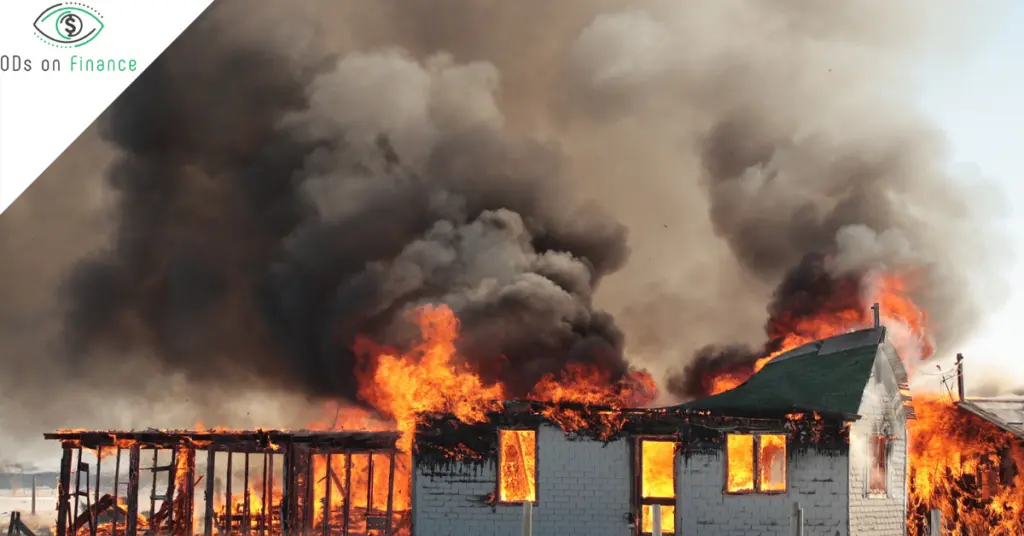
PART 1: The Devastating News
On September 10th, 2020, I received one of the most devastating phone calls a landlord can receive. It was followed by a much more distressing email with pictures of the event. My property management never calls me, so when I saw their phone number come across my caller ID, I had a gut feeling that something was wrong.
“Julie, I want to let you know that something has happened to your property. First off, the tenants are unharmed. The tenant’s car caught on fire and it spread throughout the entire house.”
One of my rental properties burned down in the middle of the night.
I was speechless, scared and shocked but also so thankful to hear that my tenants were safe. The next thought that rushed into my mind was “Wow. I’m so happy I increased my insurance coverage just 2 weeks prior….” I frantically messaged my husband, and he assured me that everything will be okay and the insurance company will handle it.
Two weeks before the fire, my insurance coverage on this property was at $50,000, just enough to cover the mortgage, with Actual Cash Value coverage and no loss of rent protection. Fortunately, I had increased it just in time.
In reviewing the damaged photos, I noticed that the fire extinguisher that I installed was untouched. I suppose that the fire from the car may have spread too quickly for the tenants to control.
This property was a BRRRR (Buy/Rehab/Rent/Refinance/Repeat) deal. Which means, it was completely rehabbed with all new furnishings including a new roof, HVAC, floor, paint, and more. My current mortgage on the property is around $50,000 after the cash out refinance. I have about $5,000 left in the deal from closing costs into the deal.
PART 2: Call Me Lucky
Rewind just a few weeks back...
In August 2020 (just 1 month prior to the fire), there was a major rain/windstorm causing damage to local properties in another area that I invest in. I received a call from my contractor that the vinyl siding of the property that I was rehabbing was severely damaged in the windstorm. He suggested that I call my insurance company to make a claim. To make a long story short, the vinyl siding damage was not from the windstorm; instead, it was due to the siding warping from the extreme heat of the sun.
My contractor informed me to check my insurance cover to see if I had Replacement or Actual Cash Value for coverage. In case a catastrophic event does cause actual damage to my property, I would be fully protected. He advised that Replacement Cost Value coverage would be a little more costly, but will properly insure me in case there was a substantial loss that required replacement of property. He noted that most investors choose to take the risk and just insure their property with the least amount of coverage in order to maximize their cash flow.
Here is a breakdown of difference between ACV and RCV:
Being the careful investor that I am, I immediately called my insurance agent and had her:
- 1) Switch all my rentals to Replacement Cash Value coverages
- 2) Increase my coverage on each rental by at least 1.25 times my mortgage amount.
- 3) Add six months of loss of rents to my coverage in case my tenants had to be displaced, causing loss of rental income.
I joked with her “If my house ever catches on fire, will I be covered?” She replied, “Yes.”
On August 20, 2020, my entire portfolio insurance policy got upgraded to Replacement Cash Value, and I increased the coverage amount about 1.25x times my loan value as well as the loss of rents. The average cost to increase my coverage came out to be about $30 more a month per property, a relatively small amount for the potential value received.
My new insurance coverage for this particular (fire) property is:
- $79,450 for dwelling ($49,000 prior to change)
- $4,770 for loss of rents up to 6 months (No coverage prior to change)
- $2500 deductible per claim
Just 20 days later, on September 10th, I frantically called my insurance agent, notifying her that the unimaginable had happened. One of my rental properties had caught on fire.
PART 3: The Insurance Claim Process
September 10: My insurance agent immediately sent me a link to submit my claim. It was very simple and easy to fill out. (See below for the incident report.) It took me less than five minutes to fill out, and I uploaded all the photos that were sent to me by my property manager.
My property manager worked quickly to obtain a fire report for me, which is needed for the insurance process. The turnaround time for the fire report was less than 5 days, and it only cost $10.00.
My property manager sent out her team to board up and tarp the property in order to protect it from further damage. This part is very important, as further damage to the property may not be covered by the insurance.
The cost to tarp and board up the property is $600.
September 15 (Five days later): I was contacted by the insurance claims processor. She requested a few documents from me including pictures, fire report, tenant information as well as any inspection reports and pictures PRIOR to the fire claim. This is when documentation is key. Please make sure to document ALL inspections, keep all photos of your properties updated and ensure that you check on your smoke detectors/CO detectors regularly. This documentation should be carefully organized and easy to retrieve for situations such as this. I sent her my post-rehab photos and a recent inspection that we had done on the property, showing that all smoke detectors are working properly.
She informed me that a field adjuster will be contacting me to schedule a time to visit the property to make his assessment.
September 15: Fire report came back (see below)
I inquired if my insurance policy would cover the fire department’s fee for putting out the fire.
September 15 I contacted four fire mediation companies to provide a bid to remove all wet insulation, damaged drywall, mold and all items from the house. I received two bids back.
Fire remediation professionals have specialized fire and water damage restoration training and experience to quickly clean up and restore your home to pre-fire condition. They can also remove the smoke odor and deep-clean soot from upholstery and carpet. I learned that they are quite expensive. See the quote below:
Quote 1: $18,996.87 (this is just the fire restoration part)
Quote 2: $25,761.58 (this is just the fire restoration part)
Quote 3: All in to restore/repair: ~$90,000 (Rebuild the House)
I also received 2 bids to rebuild the house.
(1) Repair bid #1: ~$78,000 (not accounting any delays, overages, unexpected cost)
(2) Repair bid #2: ~$75,000 (not accounting any delays, overages, unexpected cost)
All in to restore/repair: $90,000 (not accounting any delays, overages, unexpected cost)
The house is ONLY WORTH $70,000.
September 18: The insurance adjuster visits the property. I call him, and he informs me that the damage is substantial and he will write up his estimate and send them to the insurance processor within 7-10 days.
While we wait for the insurance adjuster’s inspection and repair estimates, my husband and I discussed whether we should either:
- 1) rebuild to brand new and re-rent the property and keep it as a cash flowing rental, or
- 2) Sell the property to another investor who rehabs fire homes and take the insurance proceeds and move on.
This was a very tough decision for us, particularly as I had rehabbed this property just one year ago, and it was a great rental for us. My husband, on the other hand, wanted to sell it since it was the lowest value property in our entire portfolio.
After receiving the repair bids of almost $90,000, we decided that it will be in our best interest to sell the house. We have never rehabbed a fire damaged property. Especially when considering the expected COVID-related delays, we did not want to deal with such uncertainty and stress.
During this waiting period of hearing back from the insurance adjuster, I was so worried that they may not grant us the full amount of coverage ($79,450) or at the very least, enough for us to cover the mortgage remaining on the property ($50,000). I read that many insurance companies will try to undercut the claimant and will initially award very little to the claim. I had many sleepless nights worrying about this possibility.
September 28 (exactly 10 days later): We received FANTASTIC news from the insurance company!
Payment # 1: Loss of rents coverage
Payment # 2: Dwelling coverage
September 28: I emailed my insurance agent to ask her if my insurance rates will increase due to the recent claim/payout, and if I can sell the property after the payout.
Total payment: $79,450 (dwelling) + $3,975 (loss of rents) = $83,425 total payout
I did not have to pay the deductible, because the estimate of loss ($90,249.31 is HIGHER than my policy coverage, so that was absorbed by the insurance company!
October 2 We received the insurance payout check! 🙂 $83,425 in the bank, much more than we would have received had I not decided to up our coverages in August. I call my realtor and discussed with her the option of selling the property. My realtor and I decided on a price of $16,000. But she thought it would likely sell for $10,000.
PART 4: Selling the Fire Damaged Property
October 8: I received an email from my realtor, that she would like to make a cash offer on my property as is, for $8000.
October 16: After some negotiations, we decided on a final price of $8750, with her paying all closing costs. I signed the contract to sell the property.
October 22: I paid off my mortgage on the property: $50,250
November 4: I closed on the sale of my fire damaged property!
November 6: I canceled my insurance policy!
November 10: I received the check of the fire sale property. $8,350 (less taxes)
Closing Thoughts/Summary:
I cannot be more thankful to the angels who were watching over me, especially to my contractor who advised me to increase my insurance coverage just two weeks prior to the loss.
I am so thankful that I increased my insurance coverage from $50,000 to $79,450 just two weeks prior to the fire. I am thankful that I added loss of rents of six months to my coverage.
I am thankful that my tenants are safe and all important belongings were not lost during the fire.
I am thankful for an amazing property management team that acted quickly, and properly secured and boarded up my property to prevent further damage. This really illustrates the importance of strong property management.
I am thankful to have a very responsive insurance agent to walk me through the entire process.
I am truly thankful to come out of this devastating situation with a positive outcome and now have all my properties all fully insured. Though I cannot prevent future catastrophic loss, I sleep easier knowing that my properties are properly insured.
Property management is filled with learning experience. This was a major learning experience for me. It helped me truly understand the importance of planning for major issues by securing good insurance coverage, the value of a strong property management company, and the importance of building good relationships with many individuals including insurance agents and contractors. While it was a difficult lesson to learn, it was one that has made me a much better investor.
Want to learn how to build your own RE portfolio? Check out Five Steps to Begin Your Real Estate Journey
Want to get a full blueprint on How to start? Buy our Book The Optometrist's Guide to Financial Freedom

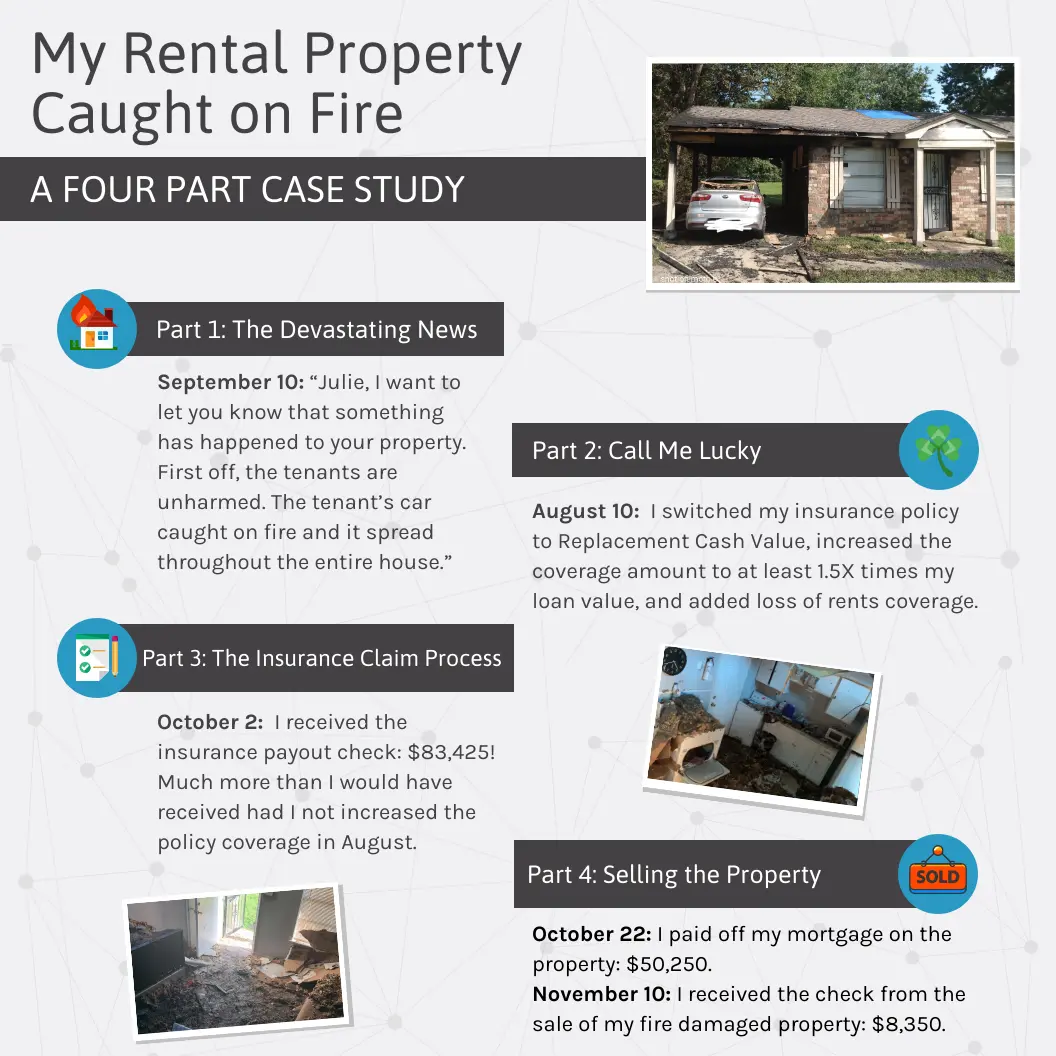

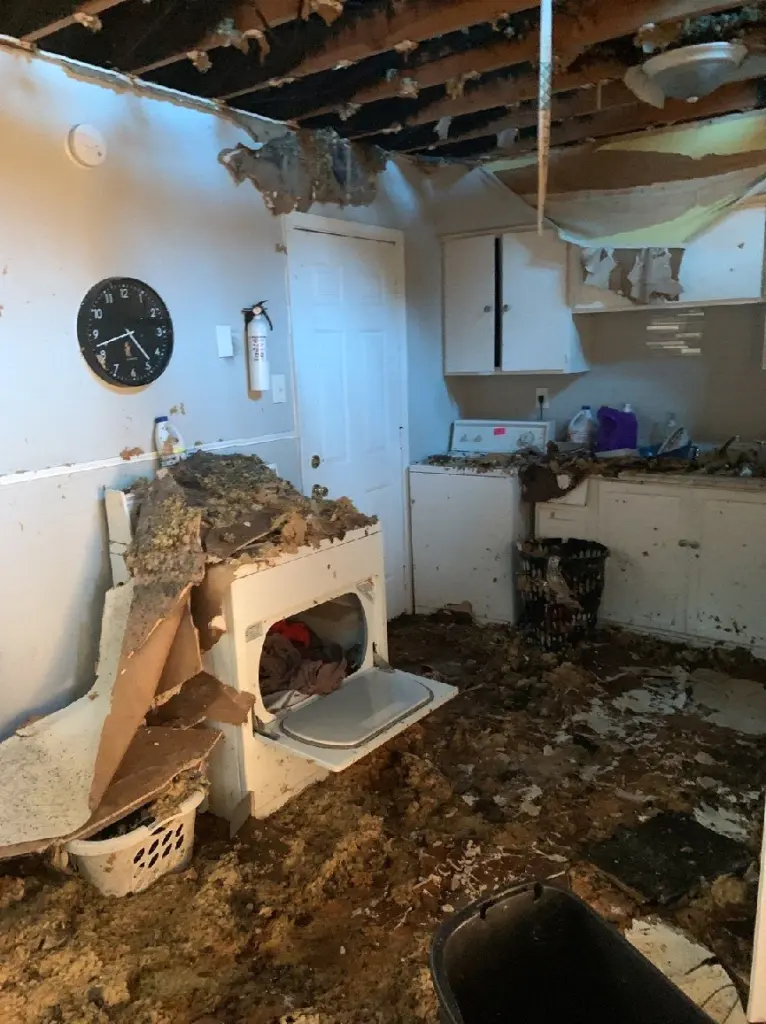
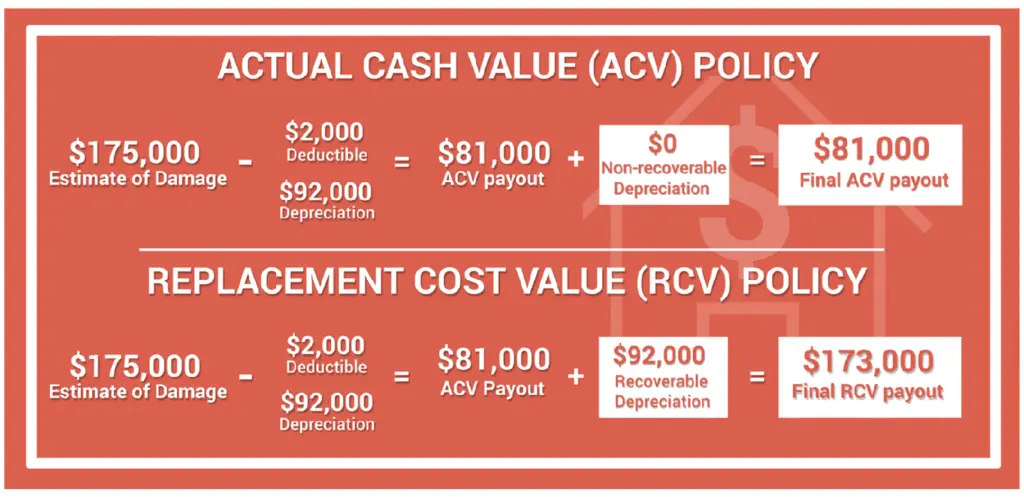


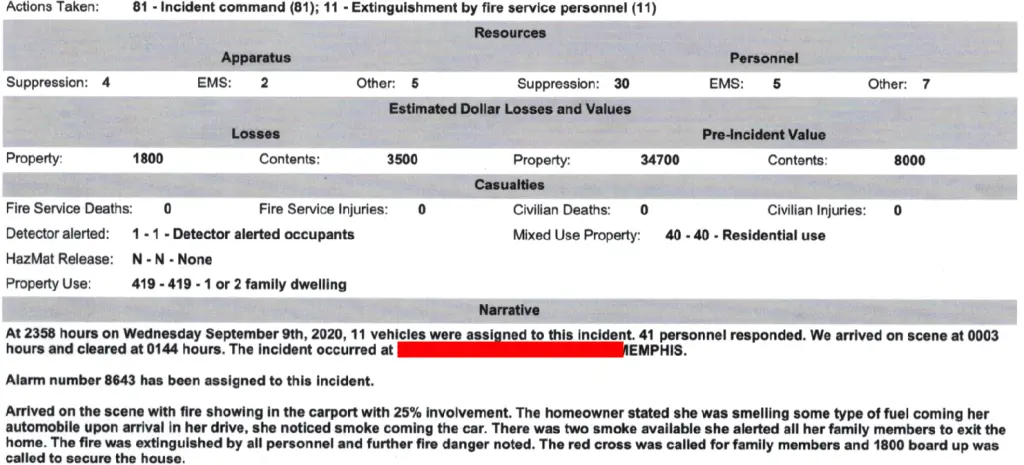





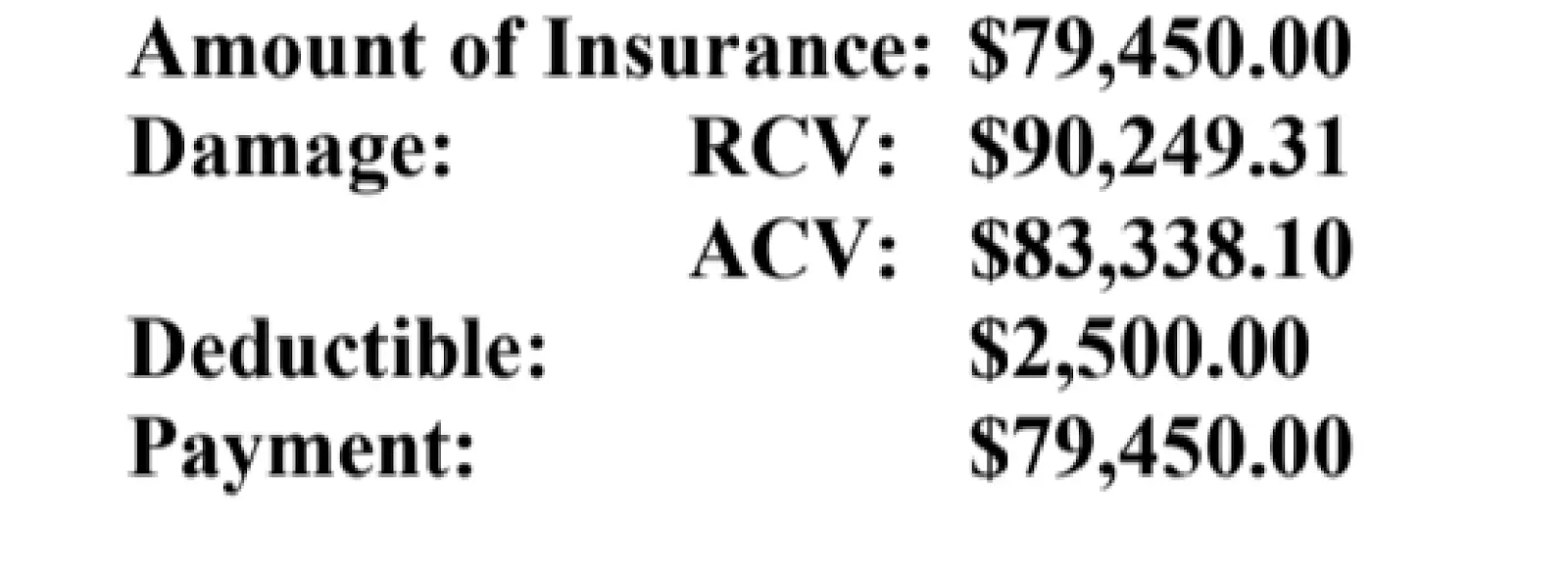



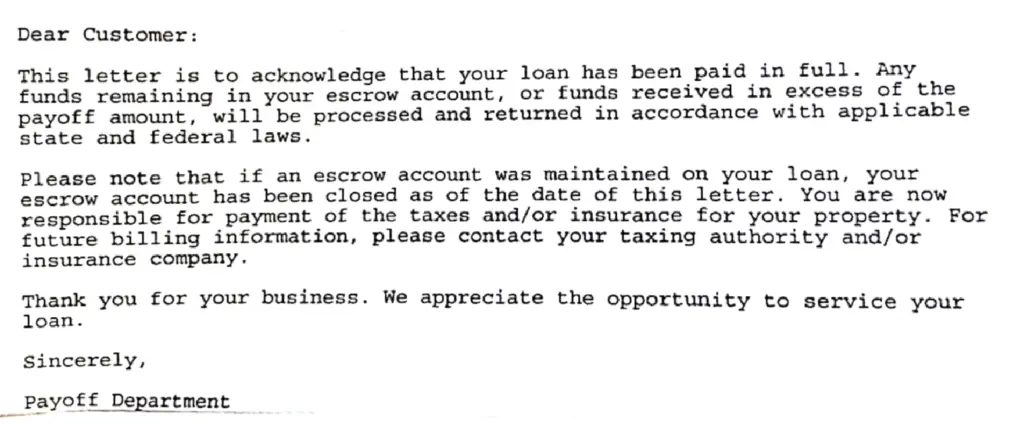

Facebook Comments